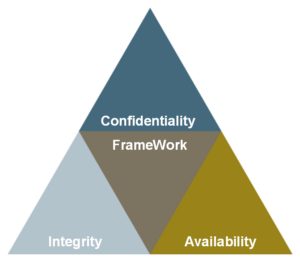Data Leakage Prevention encompasses all technical and organizational measures that serve to detect and prevent data breaches, exfiltration or unwanted destruction of sensitive data. Organizations use DLP to protect and secure their most valuable digital assets as well as to comply with regulatory requirements.
DLP refers to both protecting organizations from data loss and preventing data leakage. Data loss refers to events where critical data is lost to the organization, such as a data harvest attack. Data leak prevention focuses on preventing the unauthorized transfer of data outside the organization’s boundaries.

